Database Systems Assignment: ERD Design for Business Rules and Data
VerifiedAdded on 2021/04/16
|10
|881
|187
Homework Assignment
AI Summary
This assignment solution focuses on designing an Entity-Relationship Diagram (ERD) for a database system. The solution begins by defining business rules related to manufacturers, types, and models, and then constructs ERDs to represent these rules. The assignment progresses through several iterations, adding complexity with each step. Initially, the ERD covers manufacturers and types. Subsequently, the ERD is expanded to include models and their relationship to types. Further development incorporates warehouses and their association with models. Finally, the solution incorporates customer booking details, resulting in a comprehensive ERD that includes manufacturers, types, models, warehouses, and customers. The solution includes detailed attributes for each entity, such as manufacturer details, model specifications, warehouse information, and customer data. The document concludes with a bibliography of relevant resources.
1 out of 10
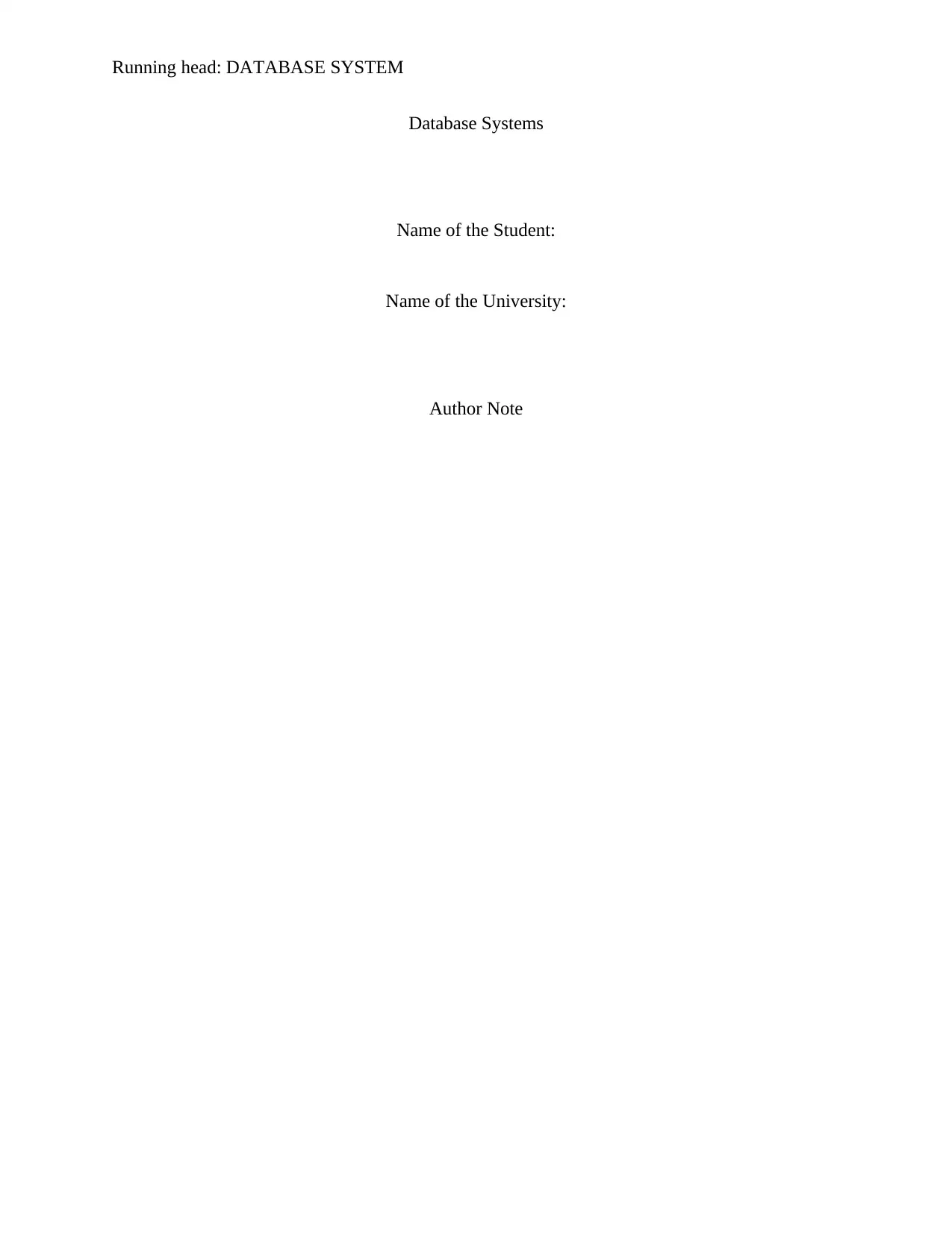
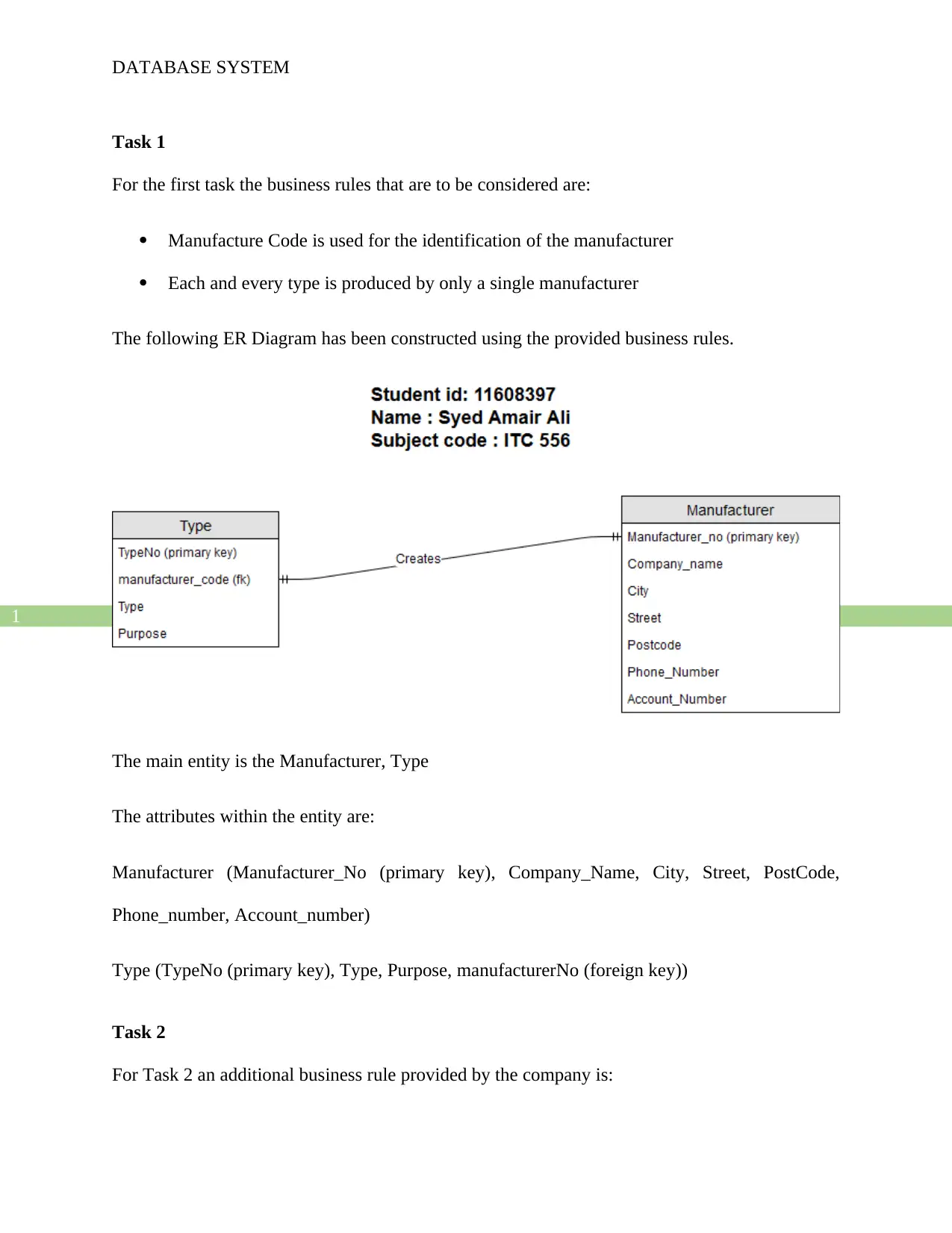
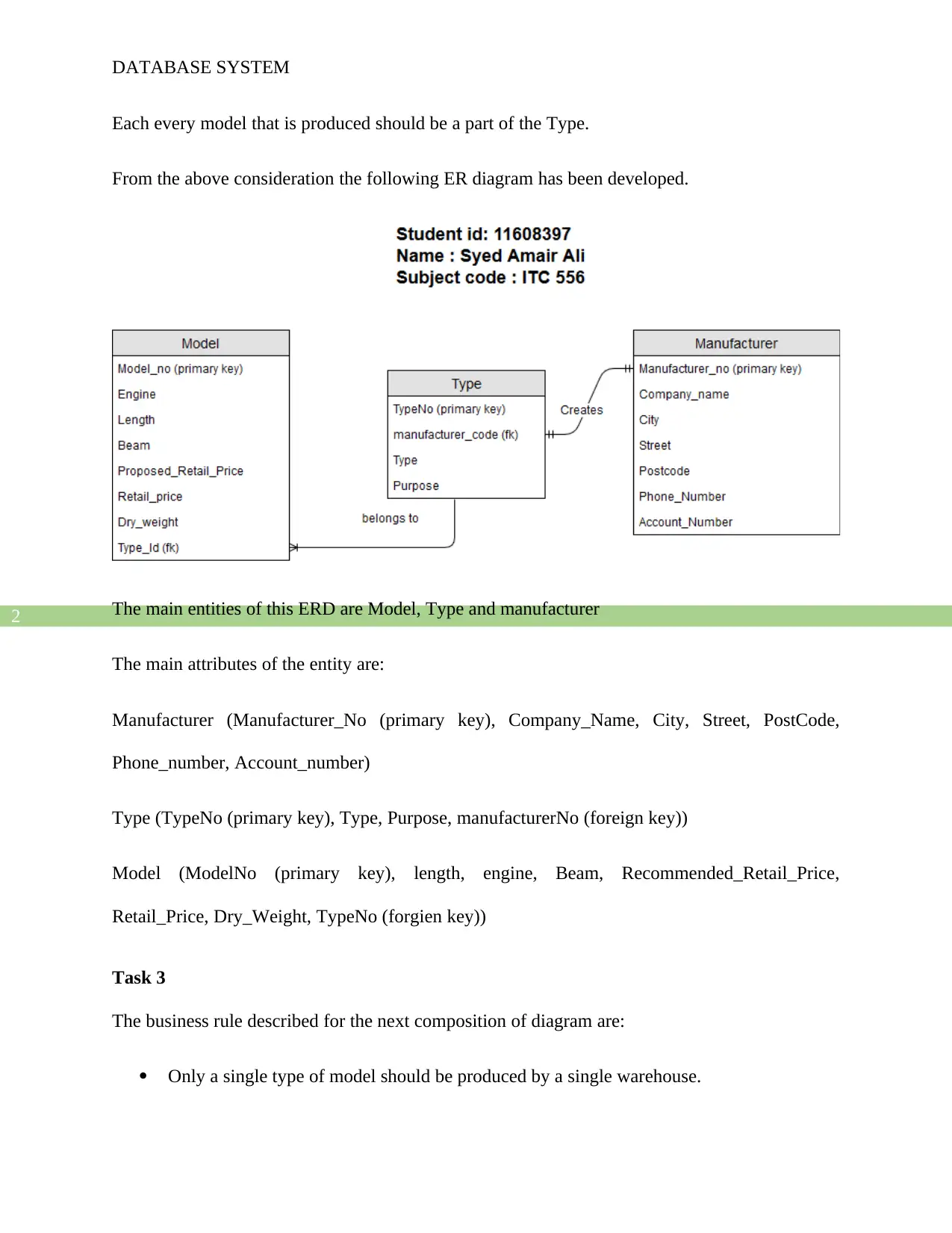

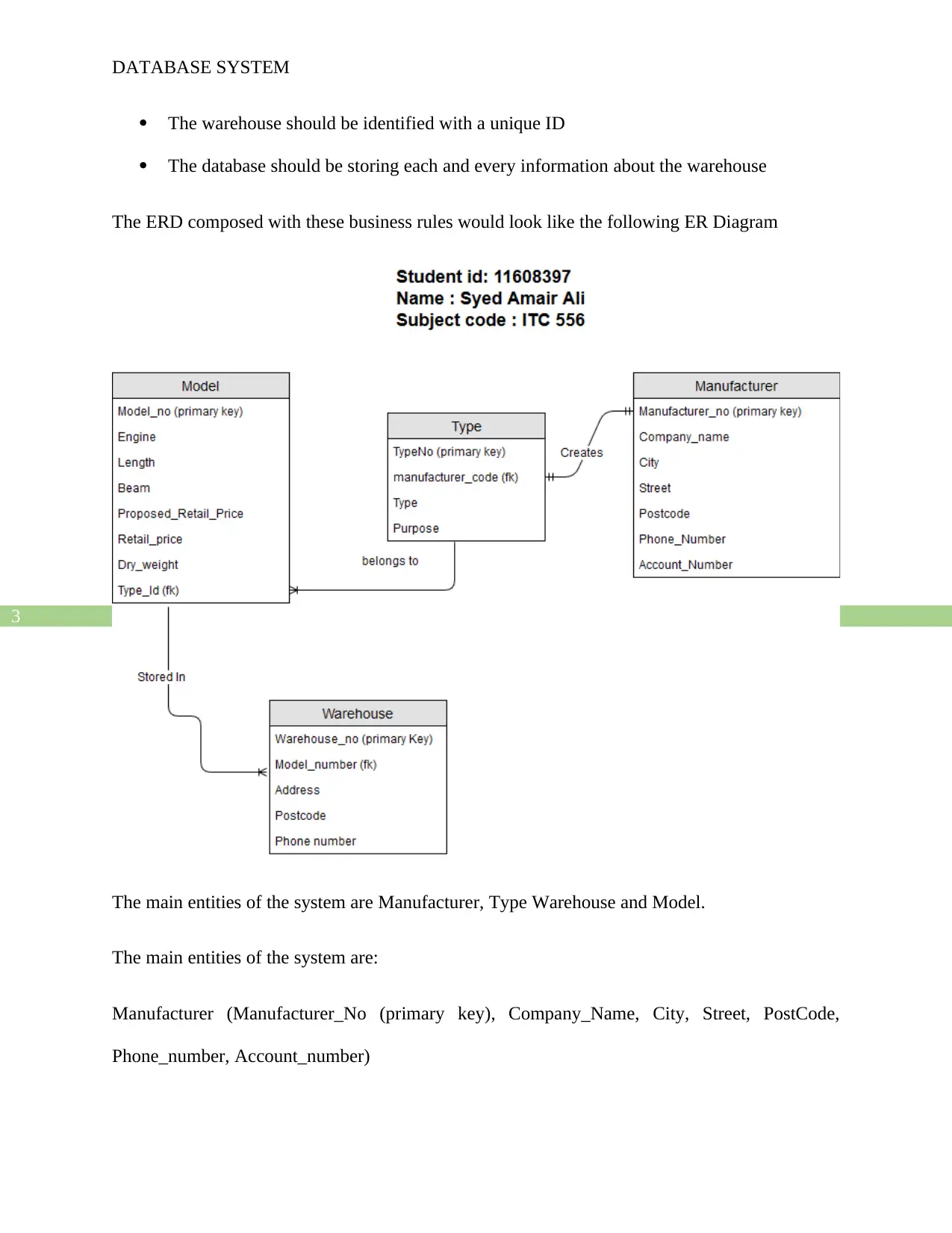
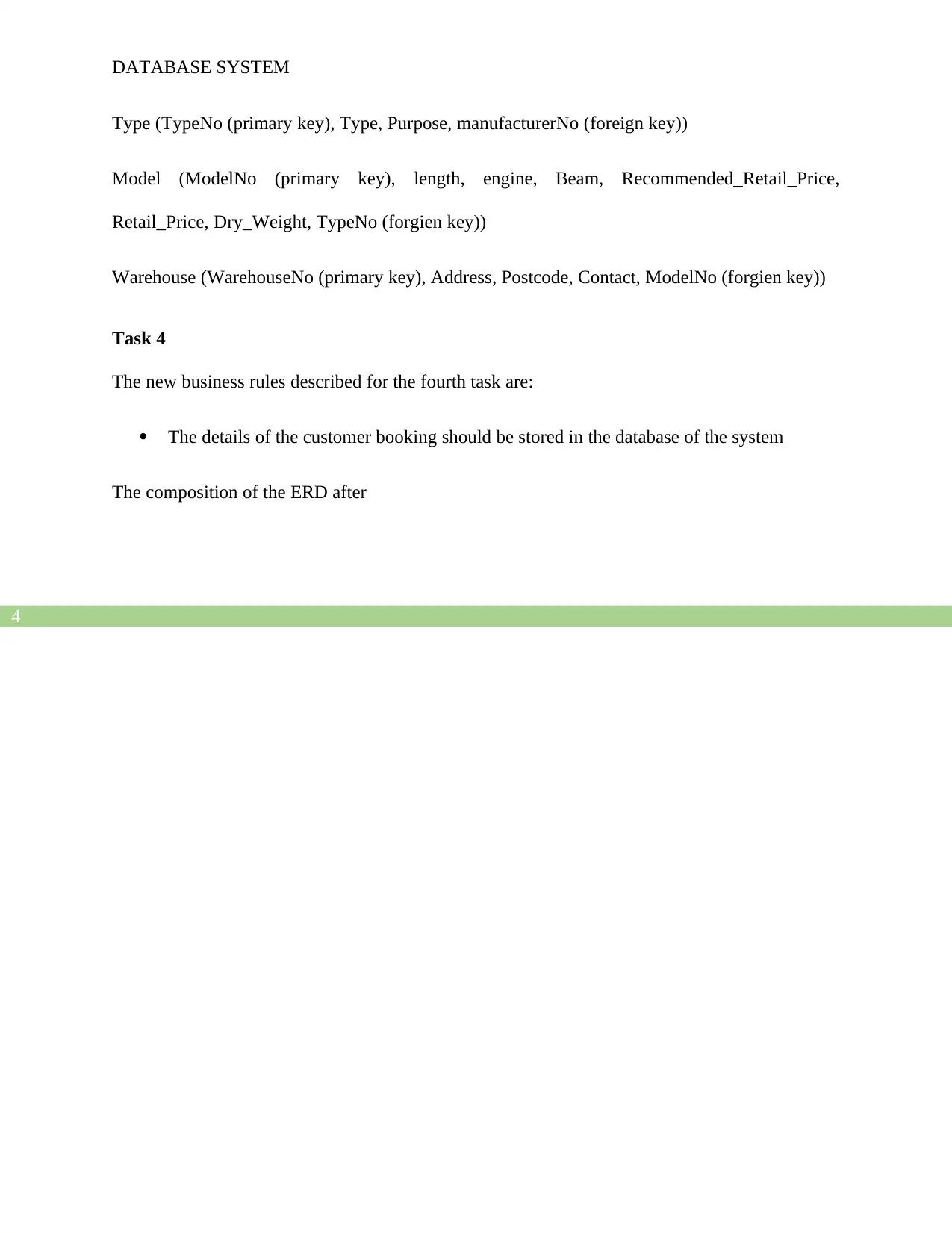
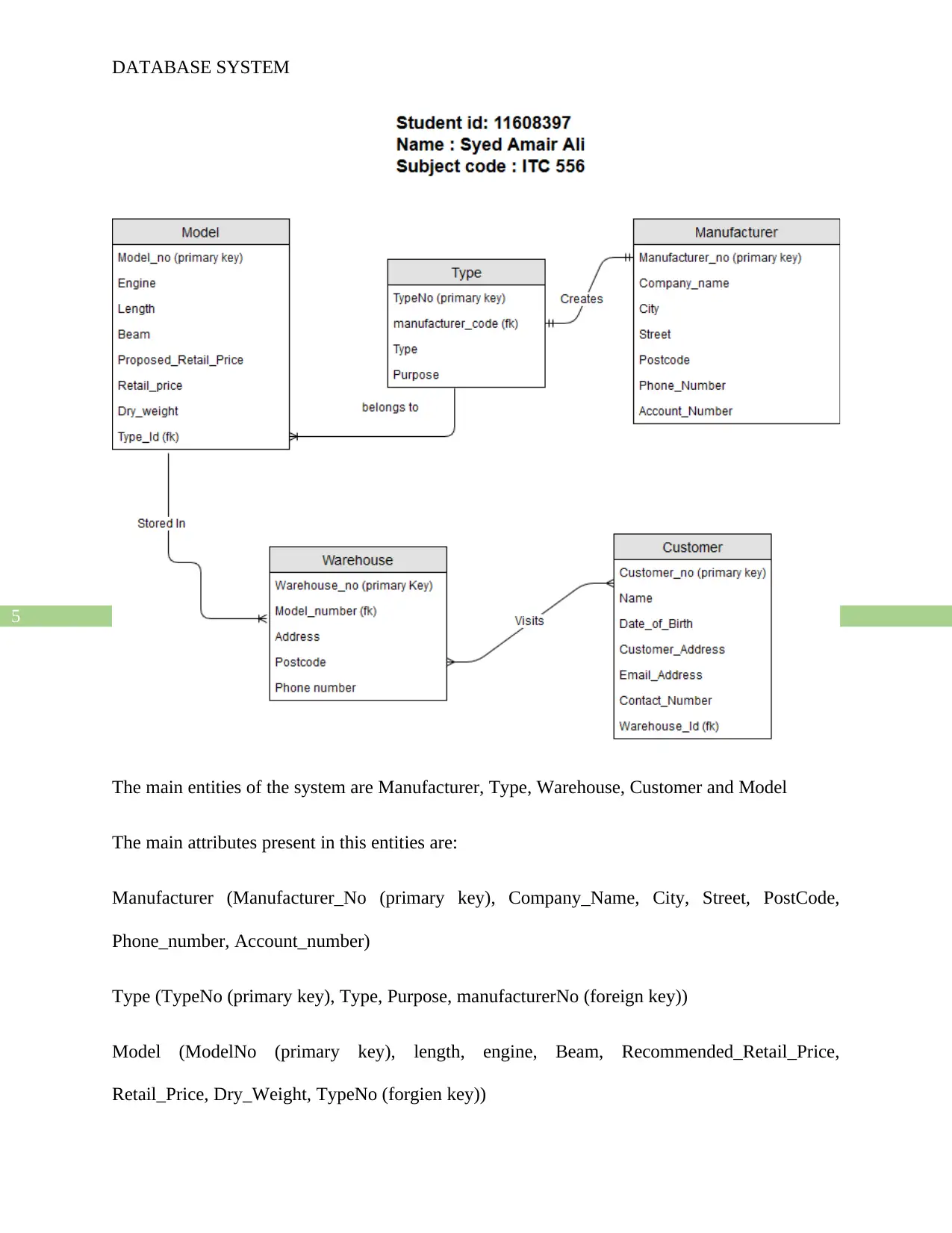
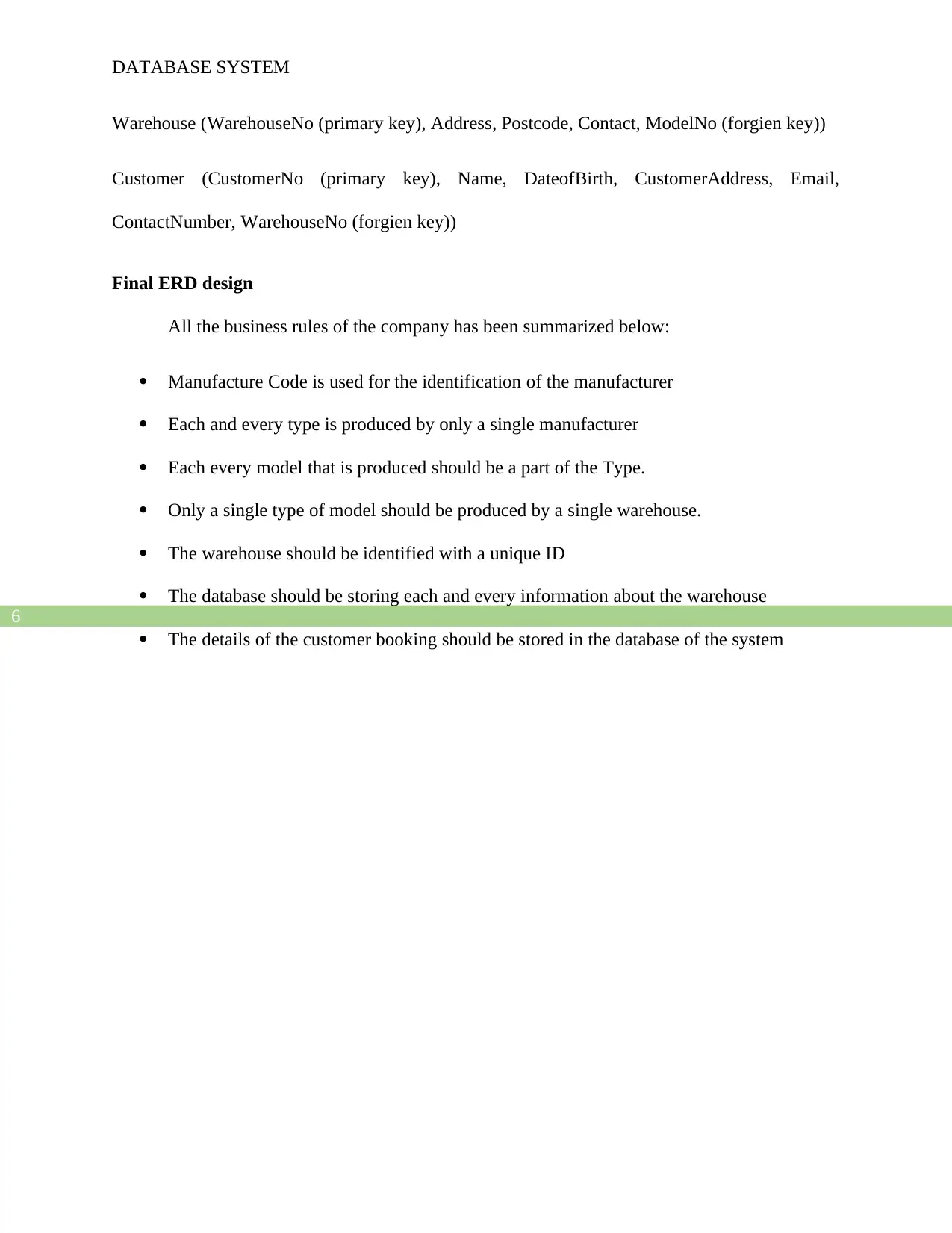
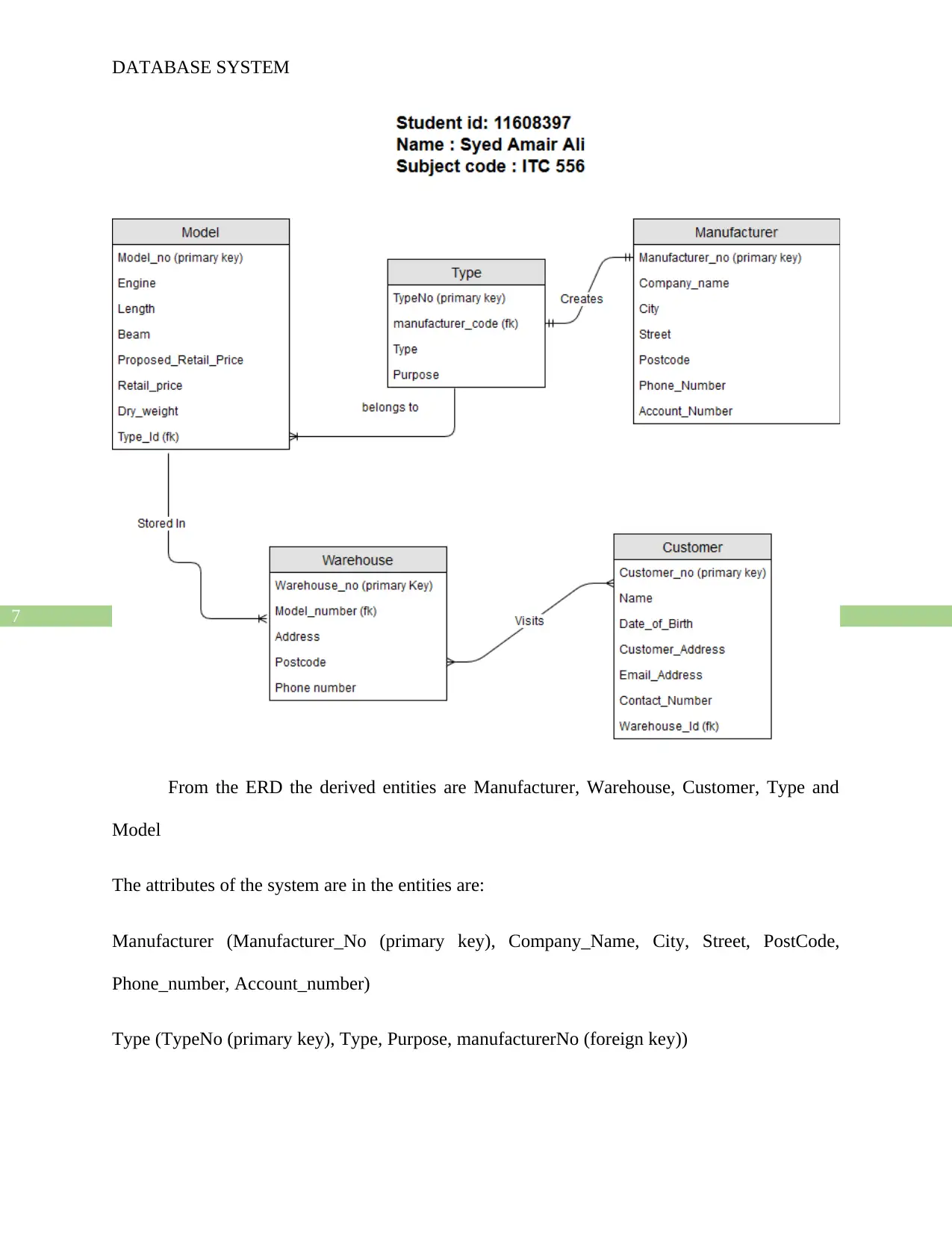
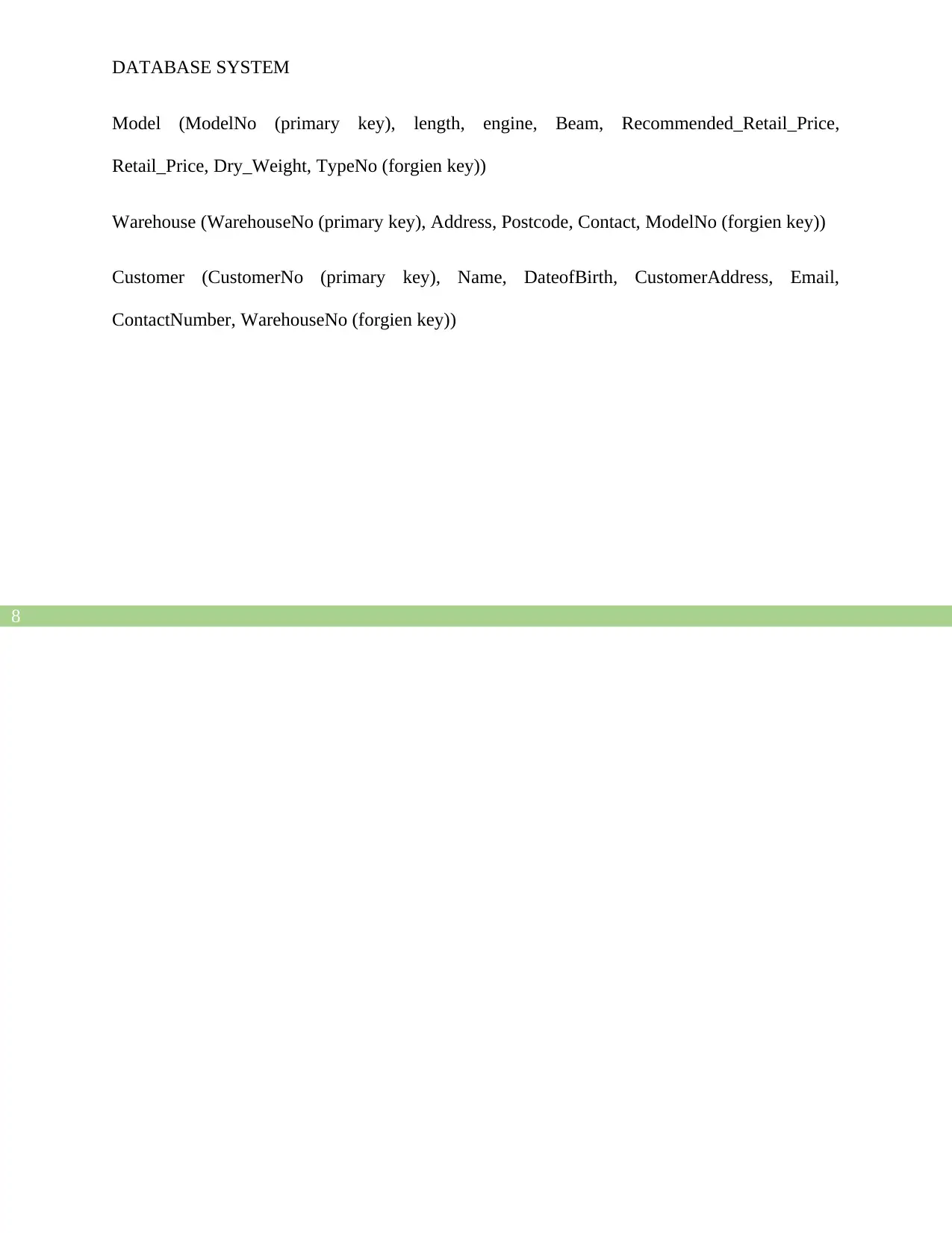
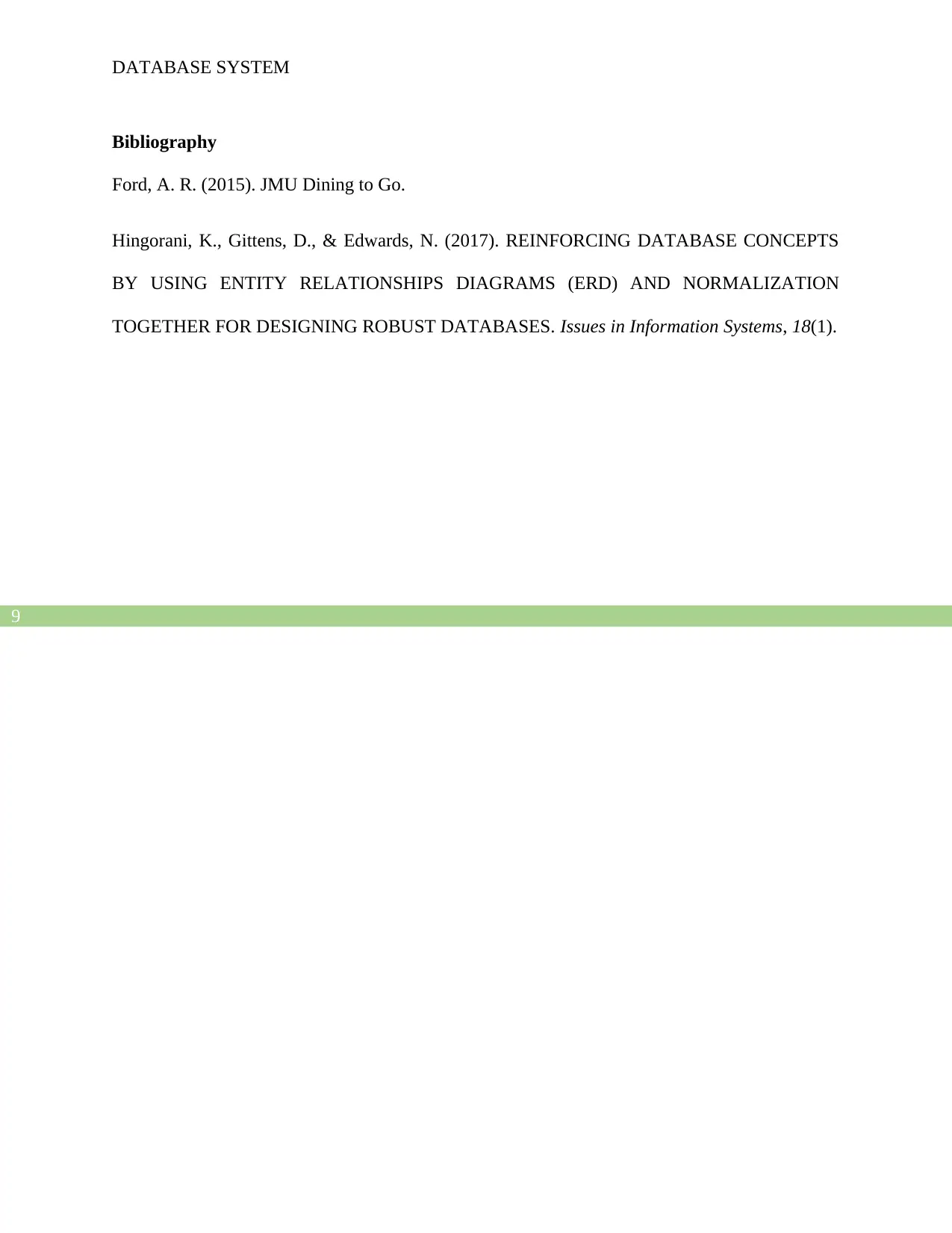






![[object Object]](/_next/static/media/star-bottom.7253800d.svg)